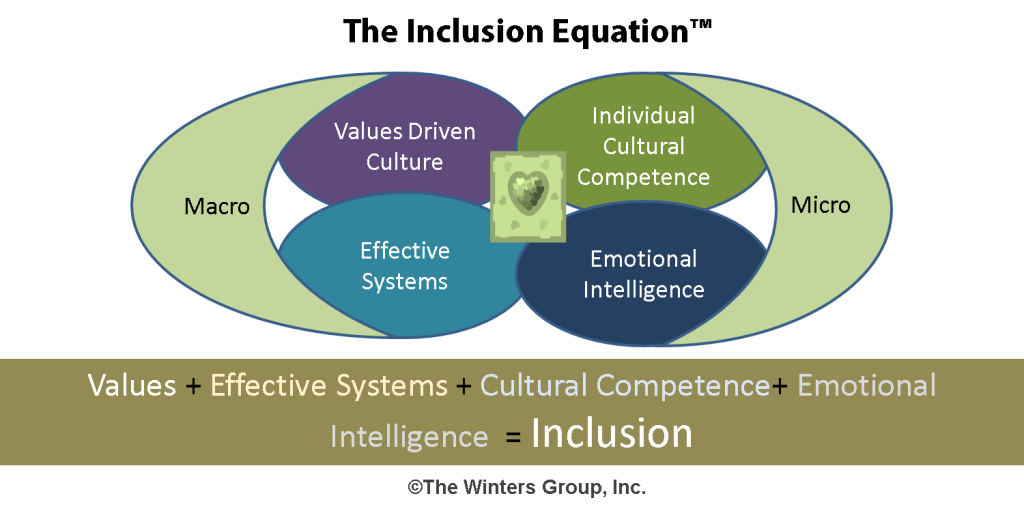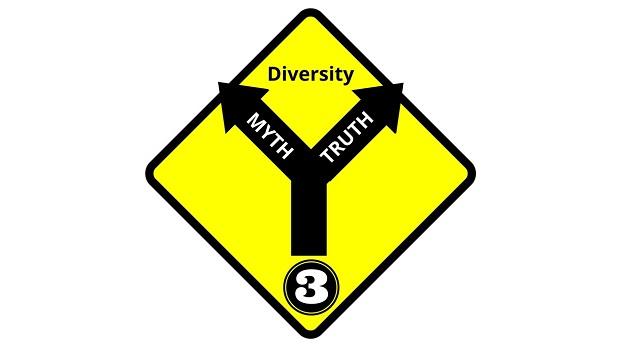
I introduced my inclusion model in a post back in December 2013 where I propose that inclusion happens at both the macro and micro levels. The stories that I have told so far in this series relate to “micro” level inclusion because I do believe that inclusion happens one person at a time, one interaction at a time, on a day to day basis. Inclusion is a verb. It is an action or a series of actions leading to a feeling of well-being (valued, respected, listened to, etc.) on the part of all parties involved. However, I also believe that inclusive systems are a key ingredient for inclusion to be experienced at the micro level in organizations.

Last week, I was with the CEO of a major utility company and his direct reports. I had been asked to come in to discuss inclusive behaviors with the team. They had asked, what does inclusion really look like? What are the policies and practices that lead to an inclusive culture? This team had already explored their individual cultural competence with the Intercultural Development Inventory (IDI). Now they wanted to make the connection of their individual capability for inclusion to the policies and practices that impact inclusion.
I learned that one of their inclusive practices involved a very granular look at talent. The team meets regularly and at each meeting key openings in leadership are discussed. They ensure that the candidate pool is diverse and encourage cross-functional opportunities as well. They also monitor high-potential identification (e.g. who is on the list/who is not), and performance scores by demographics (e.g. is there disproportionality in who gets rated “exceeds expectations”). Additionally, they are apprised of voluntary and involuntary terminations and discuss the reasons for leaving and what they can do to impact retention of top talent. When I asked the initial question of how involved they were in talent “management”, they all laughed at said, “sometimes we think we are too involved because it is something we are always focused on!”
The CEO mentioned regular listening sessions with employees. He personally participates in these forums where he asks questions about what is going well and what is not going so well for them. He said that he provides answers during the sessions with candor about what is reasonable to change and what will likely not change.
This story illustrates what real inclusion looks like at the top of the house. This company has over 15,000 employees. It would be easy to let the Chief HR officer handle matters of talent and simply provide reports to the senior team. This team, however, is “in the weeds”, so to speak, assessing, monitoring, evaluating, listening and making decisions with inclusion as desired outcome.


















